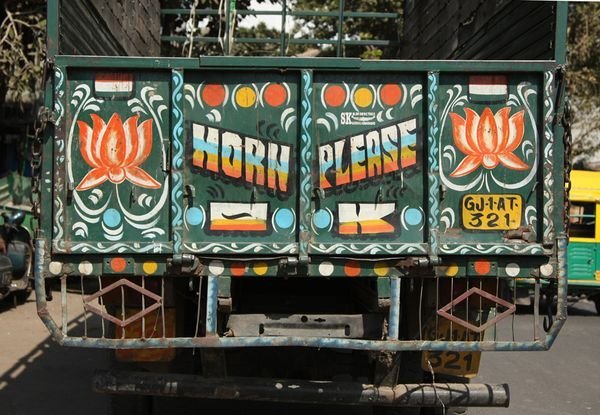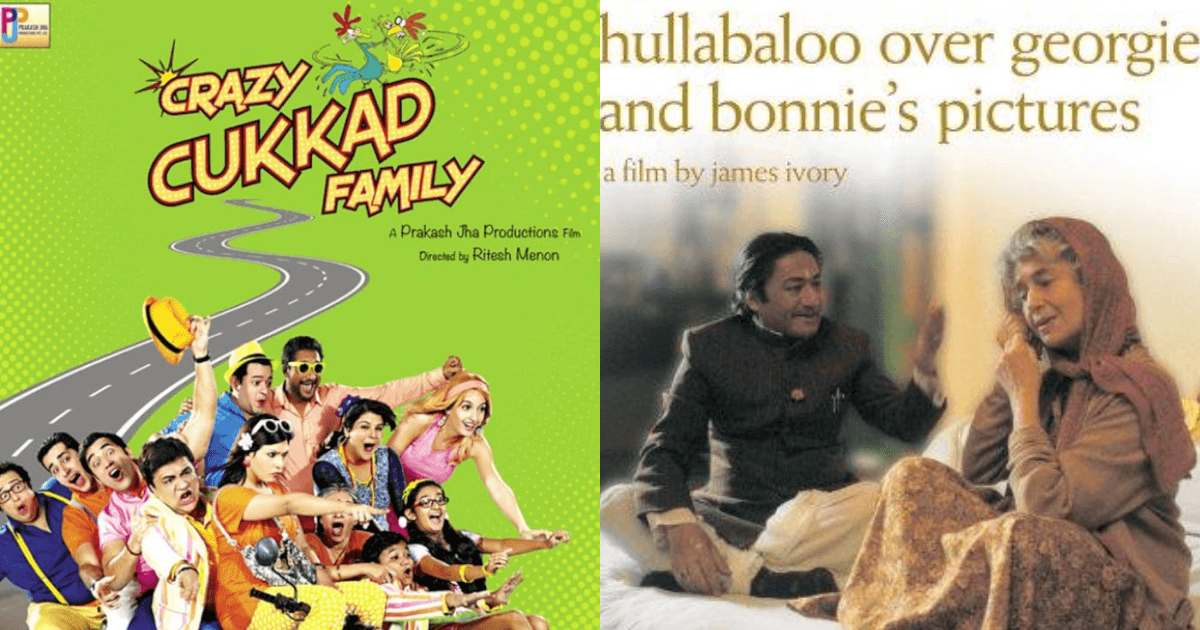We all see this on Indian roads on almost a daily basis, painted behind trucks. We don’t know how or when it actually originated, but then there are always theories, aren’t there? This particular practice has an intriguing history behind it, if we are to believe any of the theories that have come to light in the recent years.
Horn OK Please!
Here are 5 possible theories behind the origins of ‘Horn OK Please’ being painted on trucks:
1. A safety measure to signal those behind you looking to overtake about oncoming traffic.
Since most highways had single lanes earlier, there was always a risk of running into oncoming traffic, especially when you’re behind a truck. The ‘OK’ had a bulb right over it. When you honked, the truck driver would check if there is any oncoming traffic. If there wasn’t, he would light the bulb and you are okay to overtake. This practice just ebbed away with time, multi-lane highways & well-lit roads. But the phrase is still painted on trucks as though it was tradition.
2. A warning signal during World War II as trucks running ‘On Kerosene’ were inflammable.
It is said that kerosene trucks were used by troops as conveyance during the Second World War. The ‘OK’ meant ‘On Kerosene’ and was issued as a warning for those behind the trucks because the slightest of accidents would cause the trucks to explode.
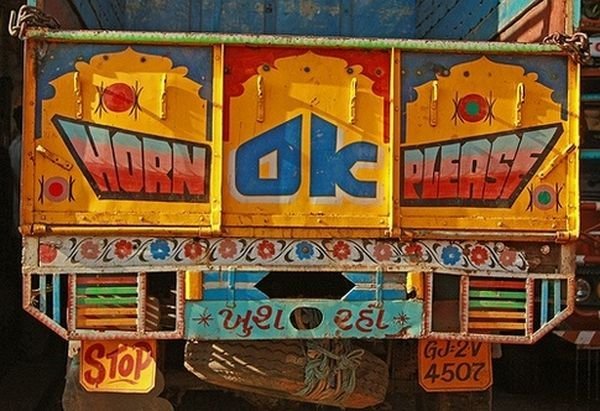
3. OK was actually a detergent launched by the Tata Group.
For promotion of the detergent launched by Tata Oil Mills Ltd. Co (TOMCO), they used these trucks as mediums and painted ‘OK’ on the back. ‘OK’ was usually accompanied by a lotus flower, in fact it still is at times. The symbol of the brand was also in the shape of a lotus flower. This went on for a few years and later ‘OK’ sort of became a part of the initial paint job on all trucks.
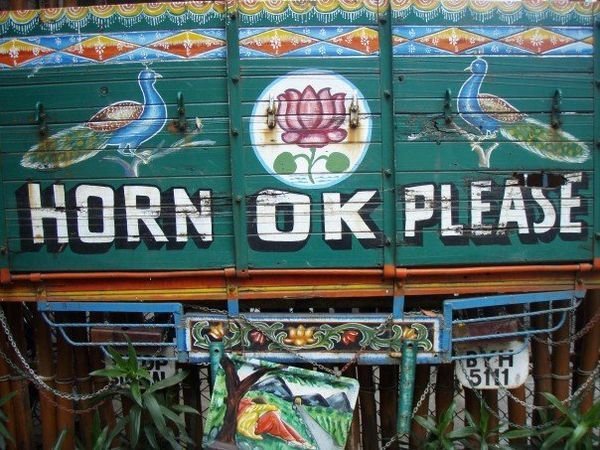
4. ‘OK’ is actually separate from Horn and Please, and is painted in big bold letters to indicate a safe distance.
It is said that if you can read the ‘OK’ painted in the back, you are at an appropriately safe braking distance. If you can’t, you’re probably too close to the truck.
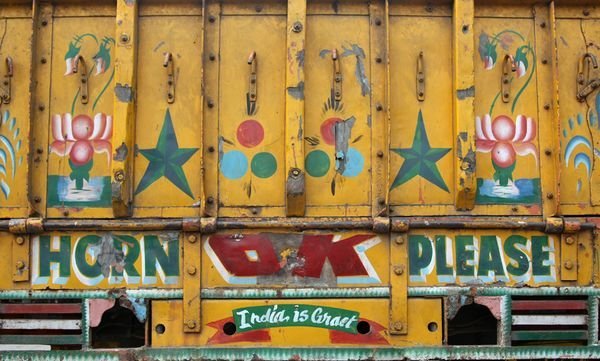
5. It was actually meant to be Horn OTK (Overtake) but changed to ‘OK’.
It is also believed that earlier it was painted as Horn OTK Please. So that you honk before overtaking. But many times, the ‘T’ would merge with the truck’s paneling and was mistaken for just ‘OK’. So newer trucks have just ‘OK’ painted on them.
